It's autumn here in the southern hemisphere ... but being relatively close to the equator in N.QLD that doesn't really mean much. As I've said before, we have two seasons; Hot and Damned Hot!. Although seasonal changes in nature are noticeable, some trees do drop their leaves and migratory species become less abundant - esp some birds and whales.
Thankfully, there are the die hard species that can be found year round being all nature like. This Butterfly, who I think may be a Fuscous Swallowtail [
Papilio fuscus], was romping round the joint in the early evening, employing that wafting but curiously energetic flight that many butterflies seem to have. She eventually settled for a time on a small plant - and I wondered if she was searching for a suitable place to lay her eggs ... I'll never know, as it was windy and the poor ole girl was having a hell of a time just holding on - she eventually gave up and travelled on.
 |
| Fuscous Swallowtail (Papilio fuscus) |
 |
| I just about did myself an injury trying to get some 'still' pics of this little lady |
 |
| Perhaps resting, but maybe looking for a place to lay her eggs |
Autumn for some creatures means the end. This resplendent dragon-fly was still hunting even though his wings were shredded and he's apparently lost an antennae. At this time of year animals that have ruled the garden over summer begin to falter making way for those critters who are less dependent on external heat ... namely the mammals. I'm determined this year to try and get some pics to share with you. I'll let ya know how I get on ...
 |
| Beautiful but deadly to other insects - a real treat to observe as anyone who has done so will agree |
 |
| We tend to see dart Butterflies year round - no doubt an important source of protein for other critters |
Swallowtails have a number of characteristic features; for example, on the prothorax a Papilionid caterpillar bears a repugnatorial organ called the osmeterium. The osmeterium normally is hidden, but when threatened, the larva everts it through a transverse dorsal groove by inflating it with blood. It is a fleshy, forked structure and emits smelly secretions containing terpenes, which the larva typically tries to smear onto any attacker touching it.
The adults of some species have conspicuous posteriad prolongations of the hind wings in the region of the M3 vein. The forked appearance of these features as seen in the butterfly when resting with its wings spread, gave rise to the common name swallowtail. As for the formal name, Linnaeus chose Papilio for the type genus, Papilio being the Latin for a butterfly. For the specific epithets of the genus, Linnaeus applied the names of Greek heroes to the swallowtails.
source^
The Orchard Swallowtail Butterfly is a regular guest in our garden and it's always a pleasure to see them. What I wasn't aware of, is just how striking the larvae are ... in my opinion - even more beautiful than the adult, certainly more interesting.
Orchard Swallowtail Life Cycle




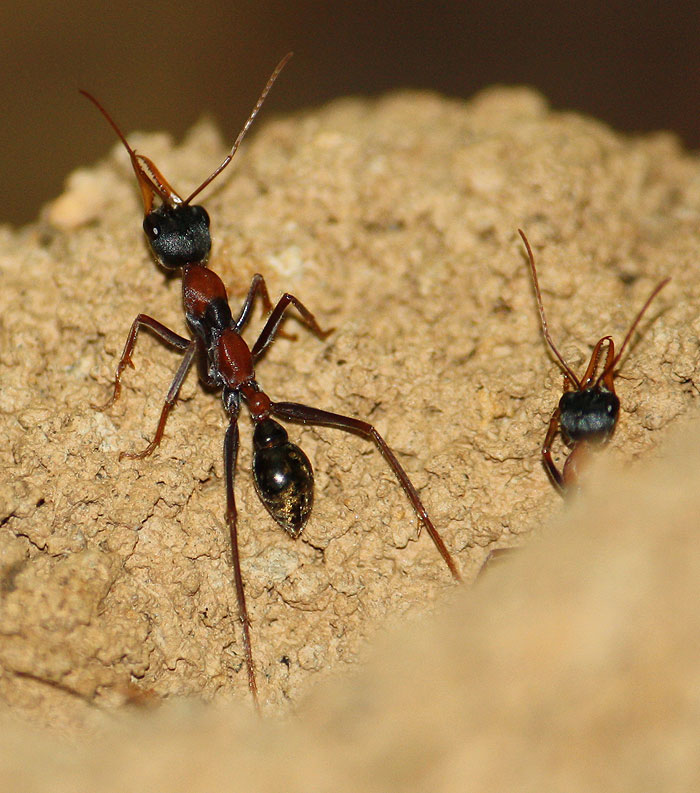
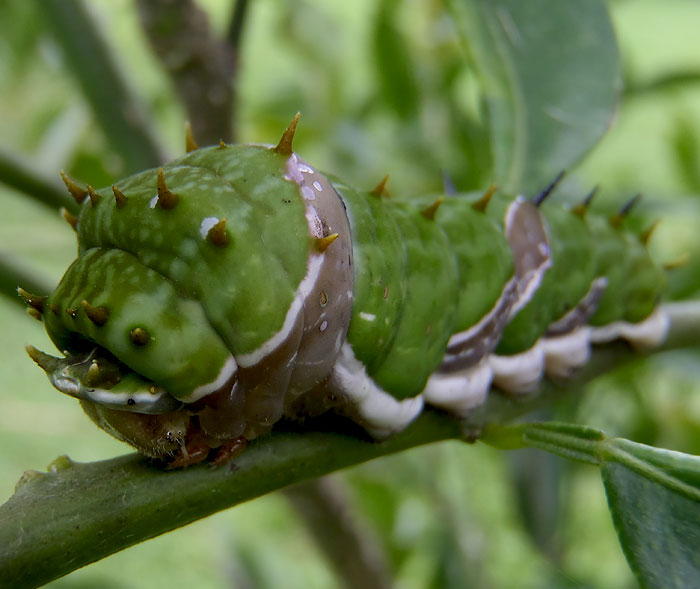
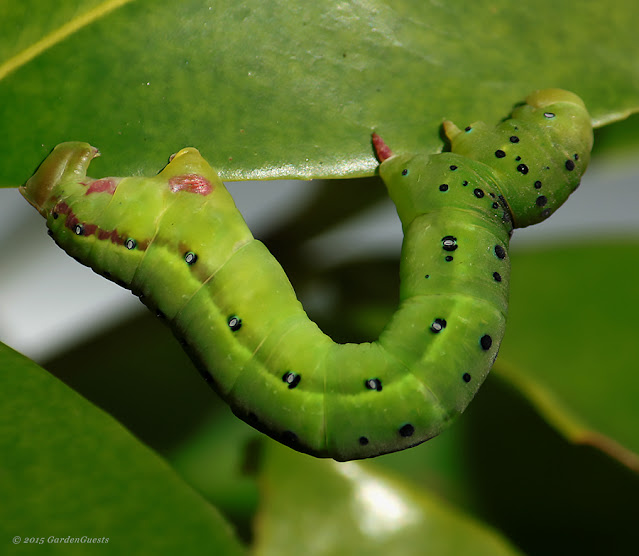
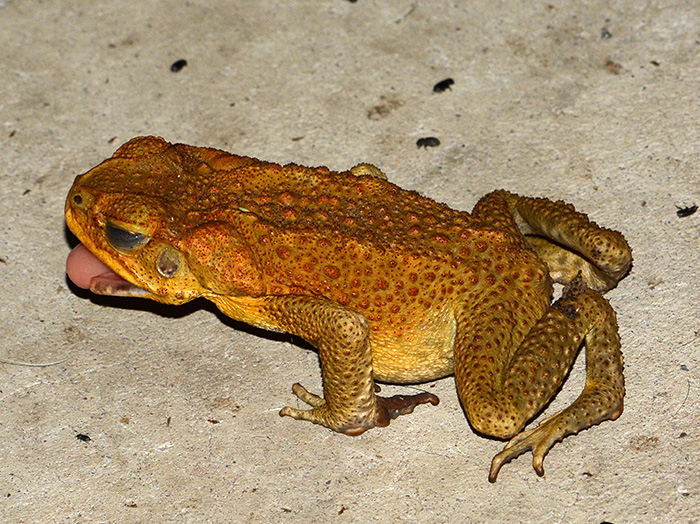
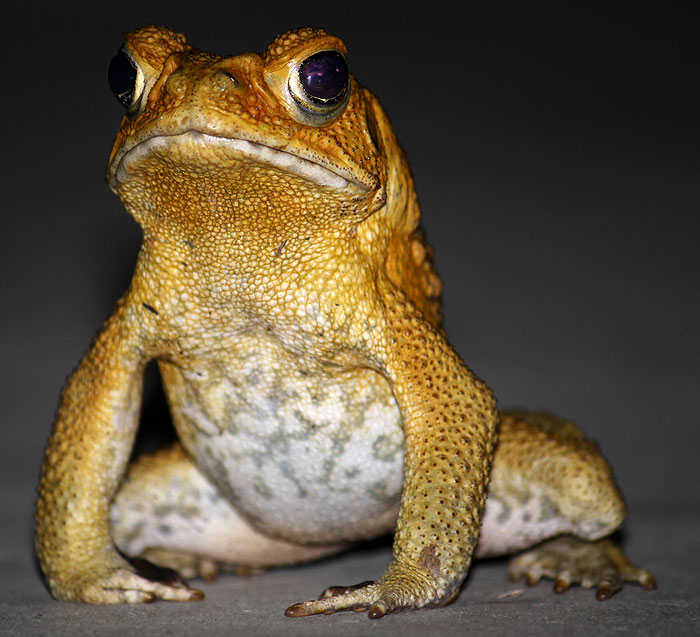
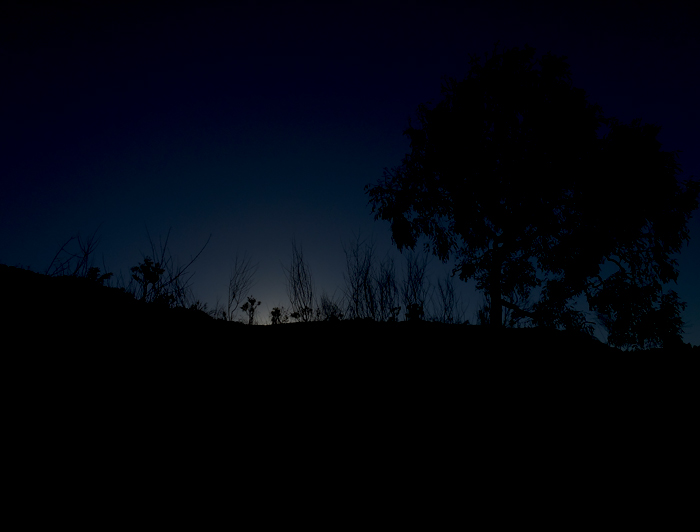
Comments
Christy (@tweetstreefrogs)
Post a Comment